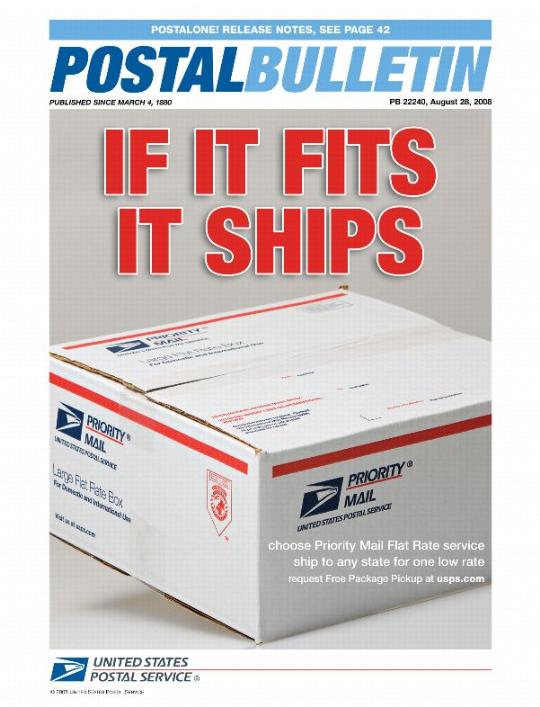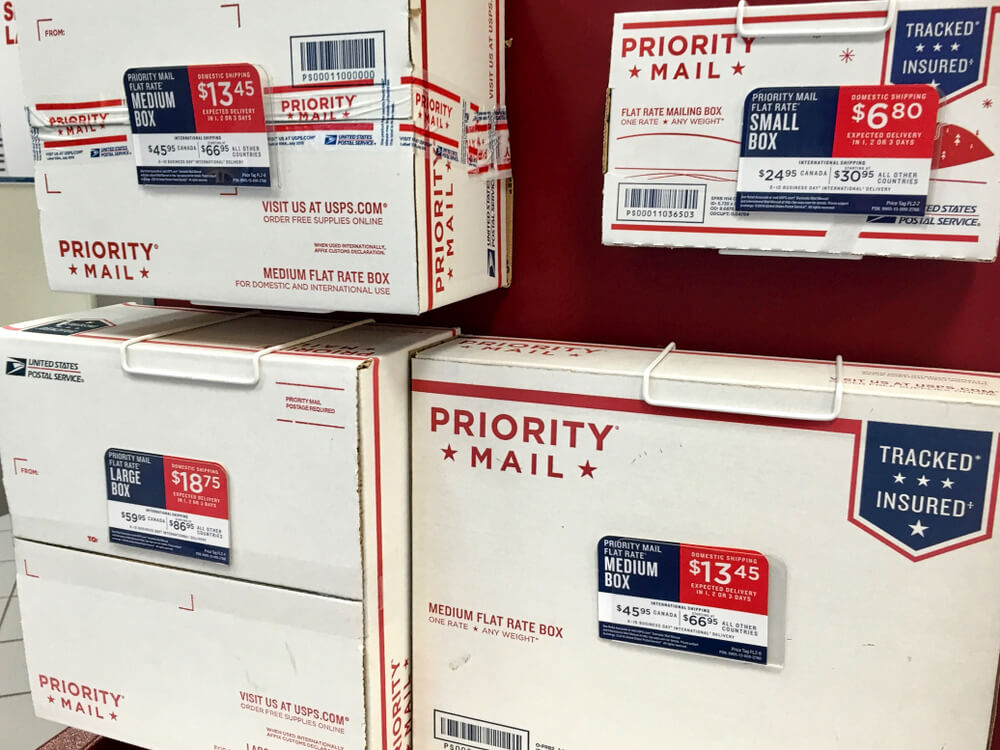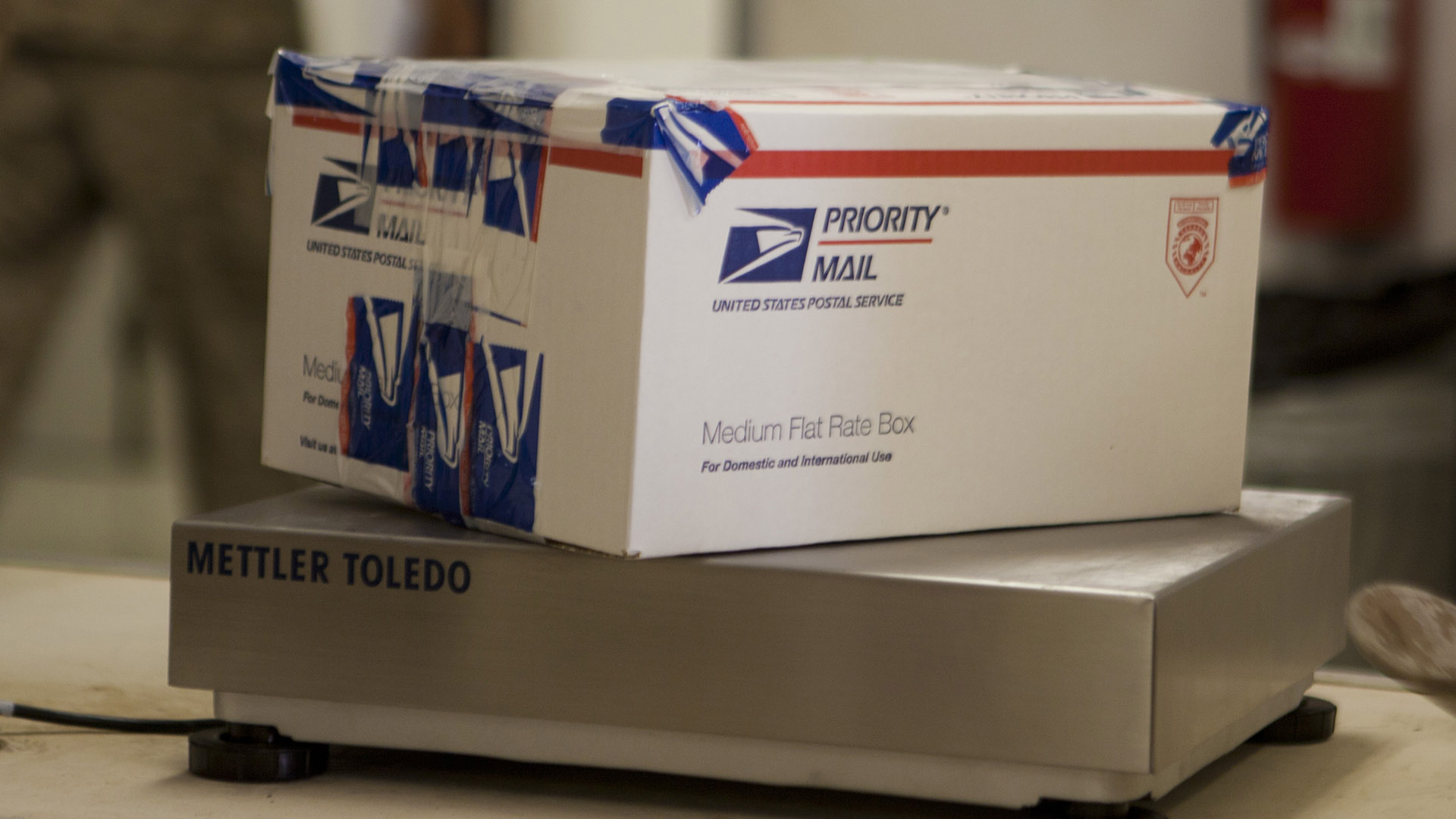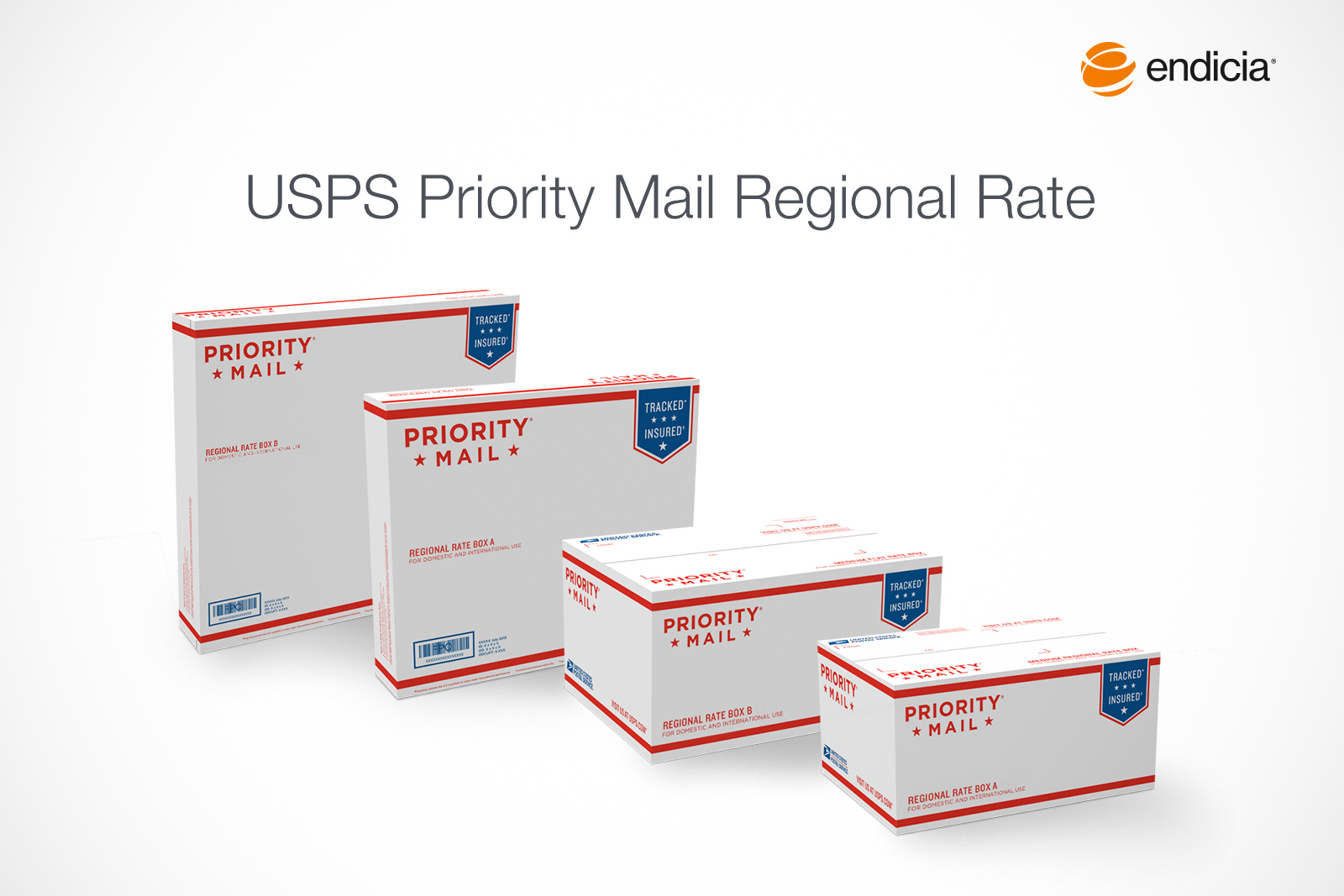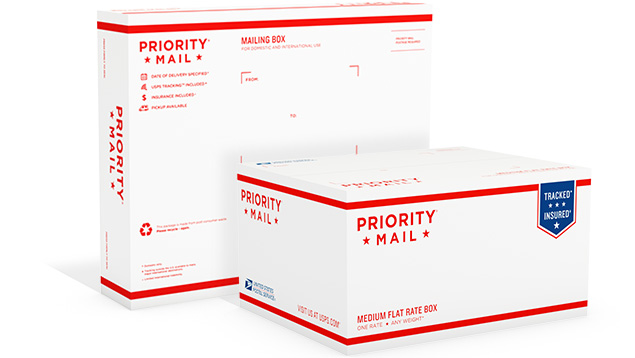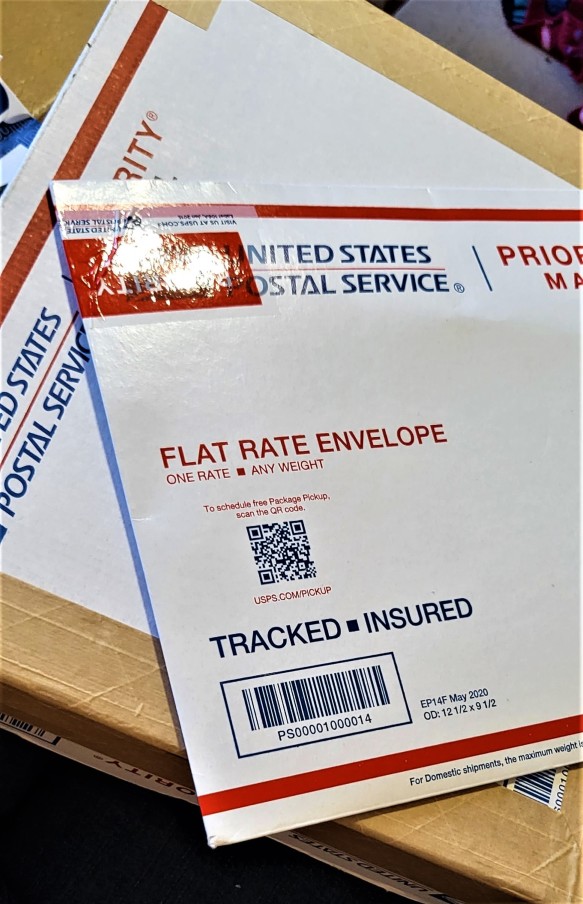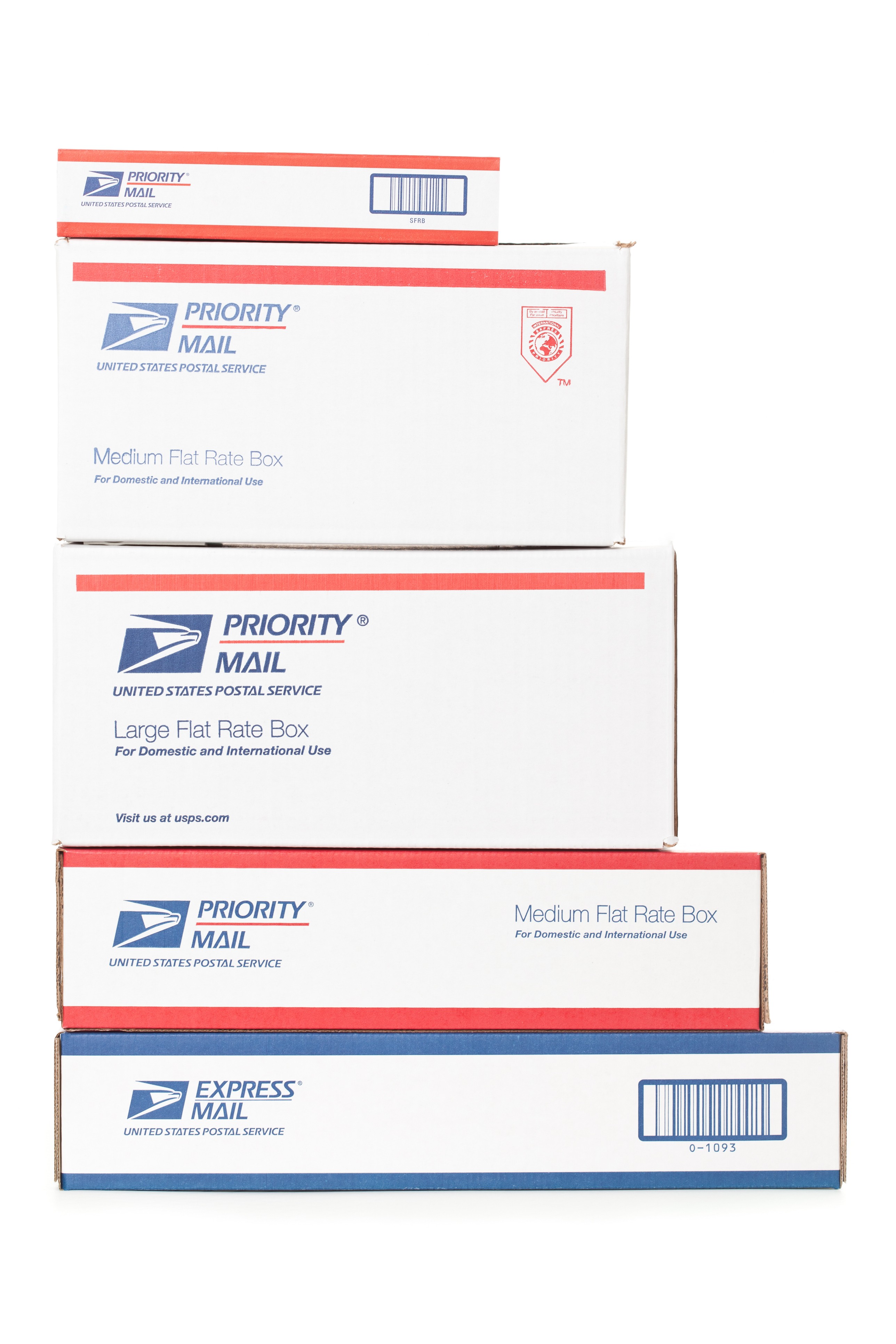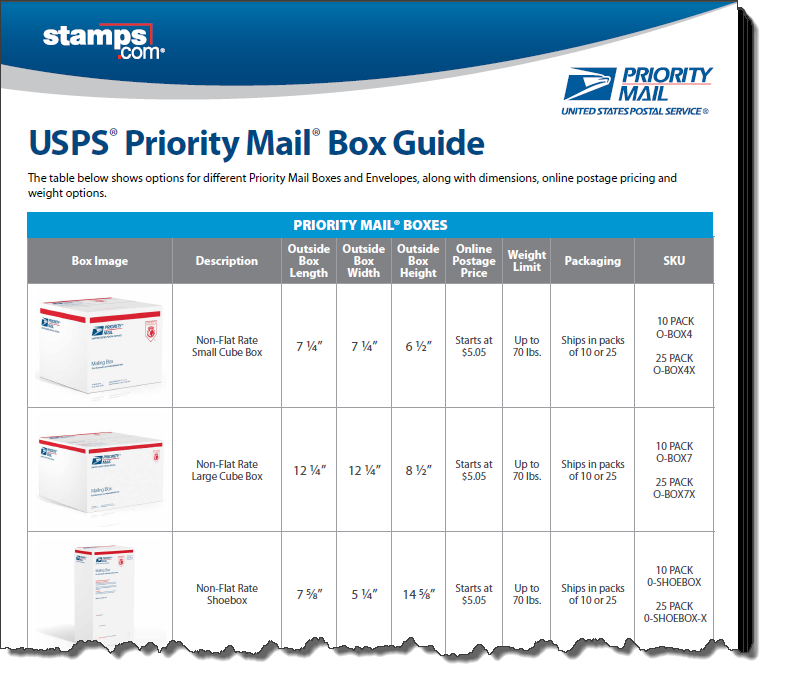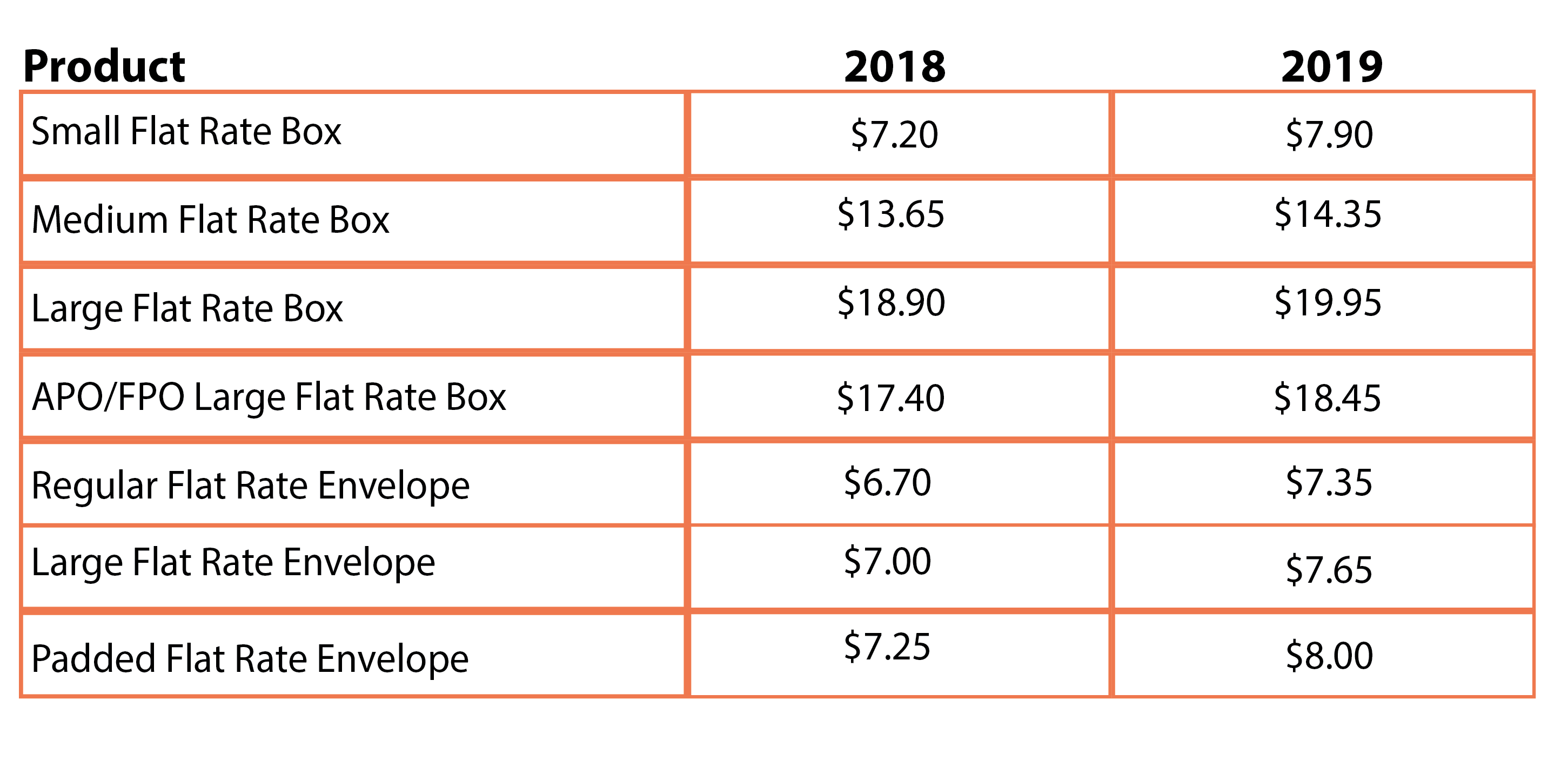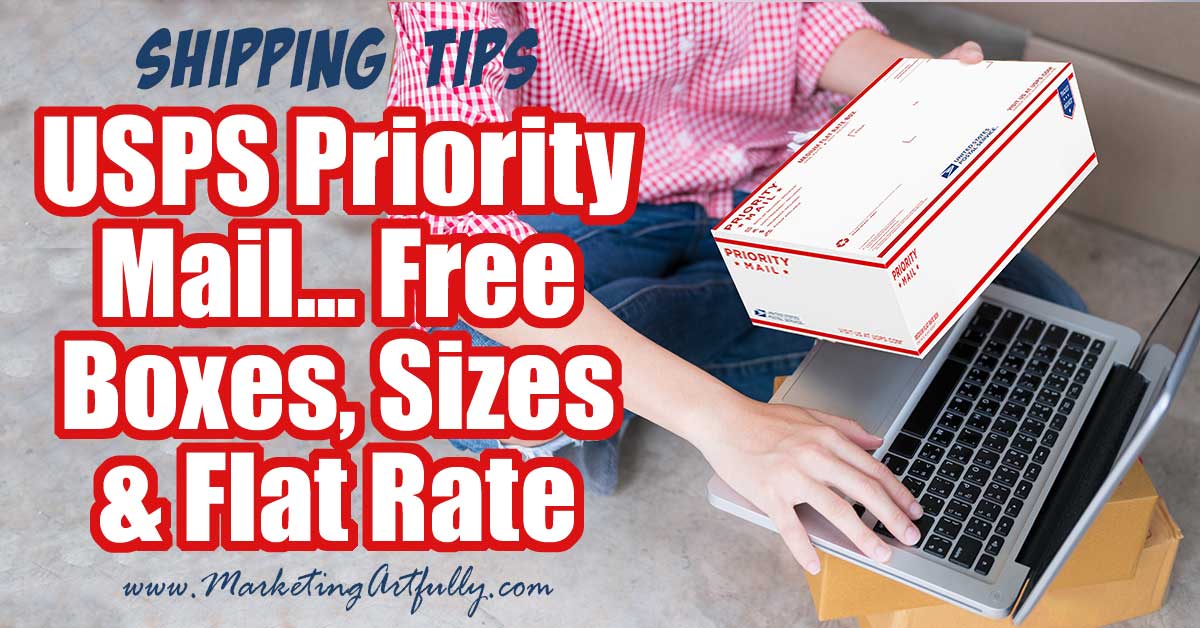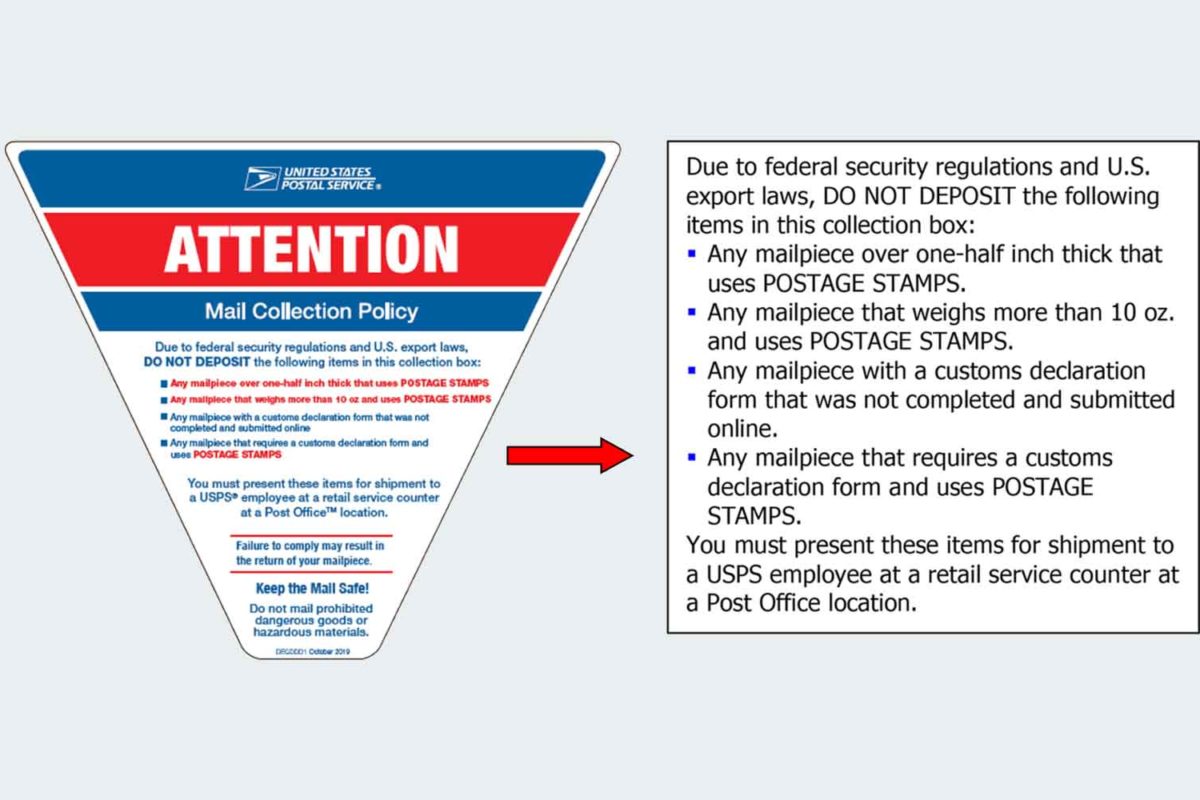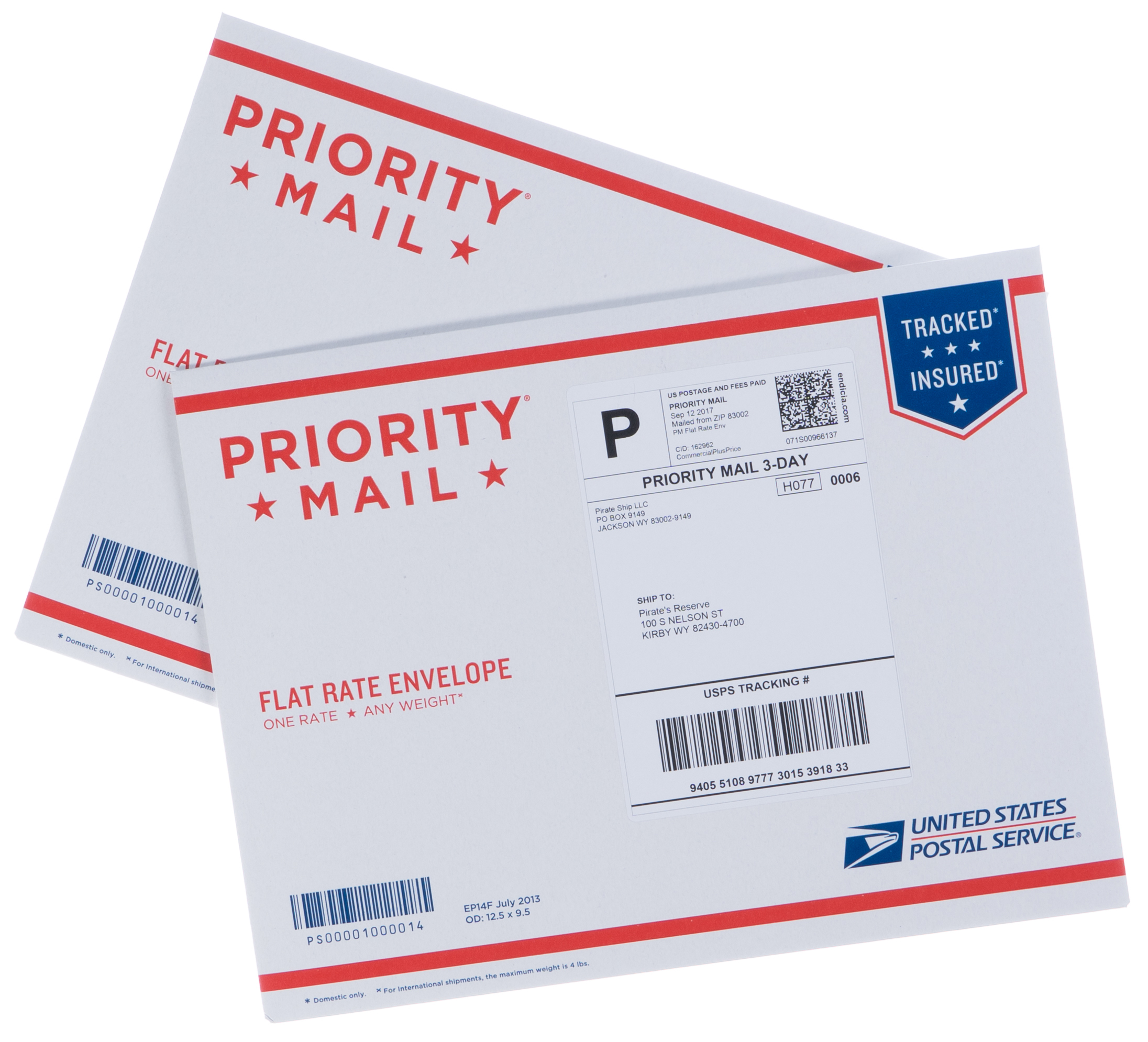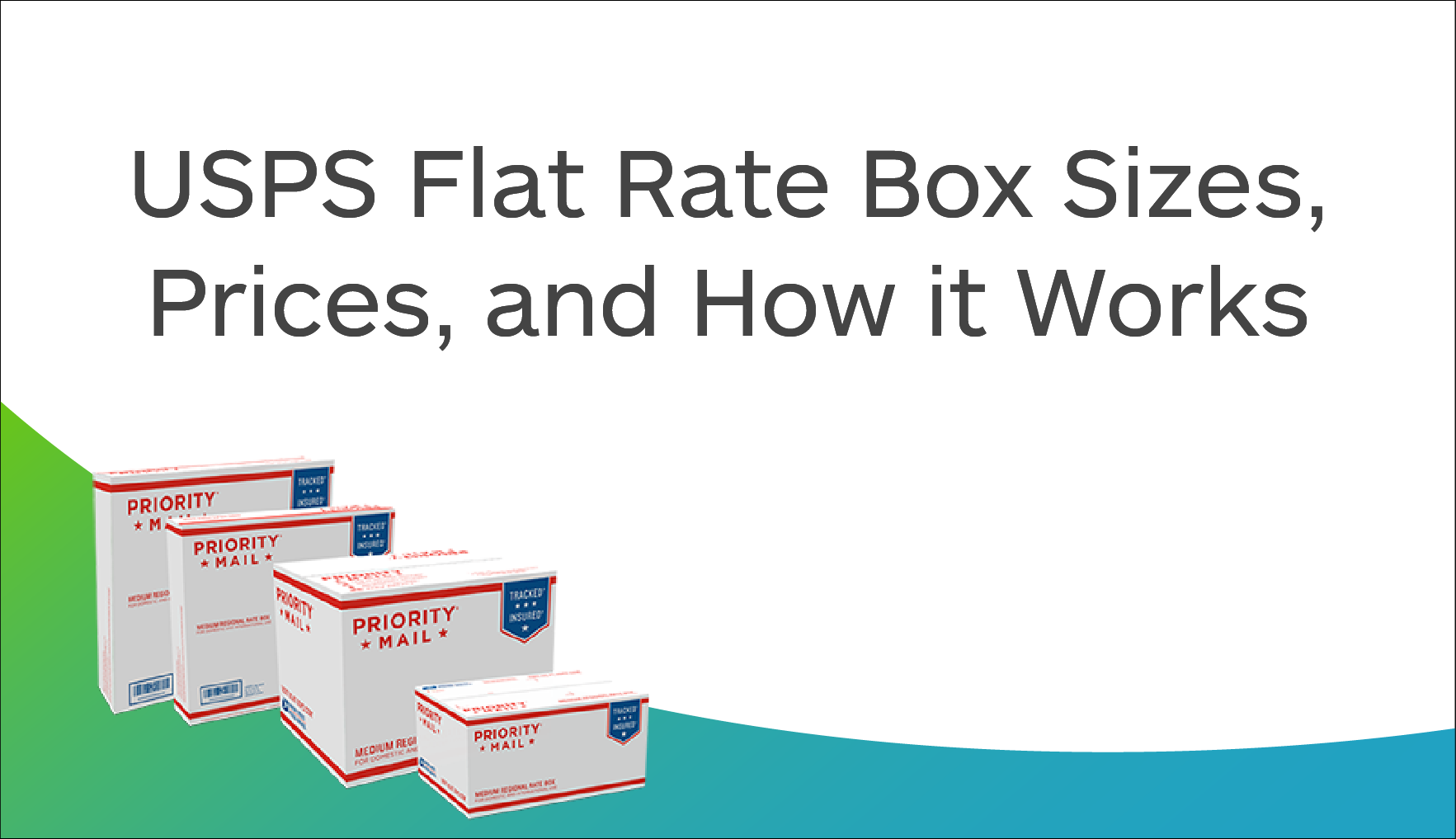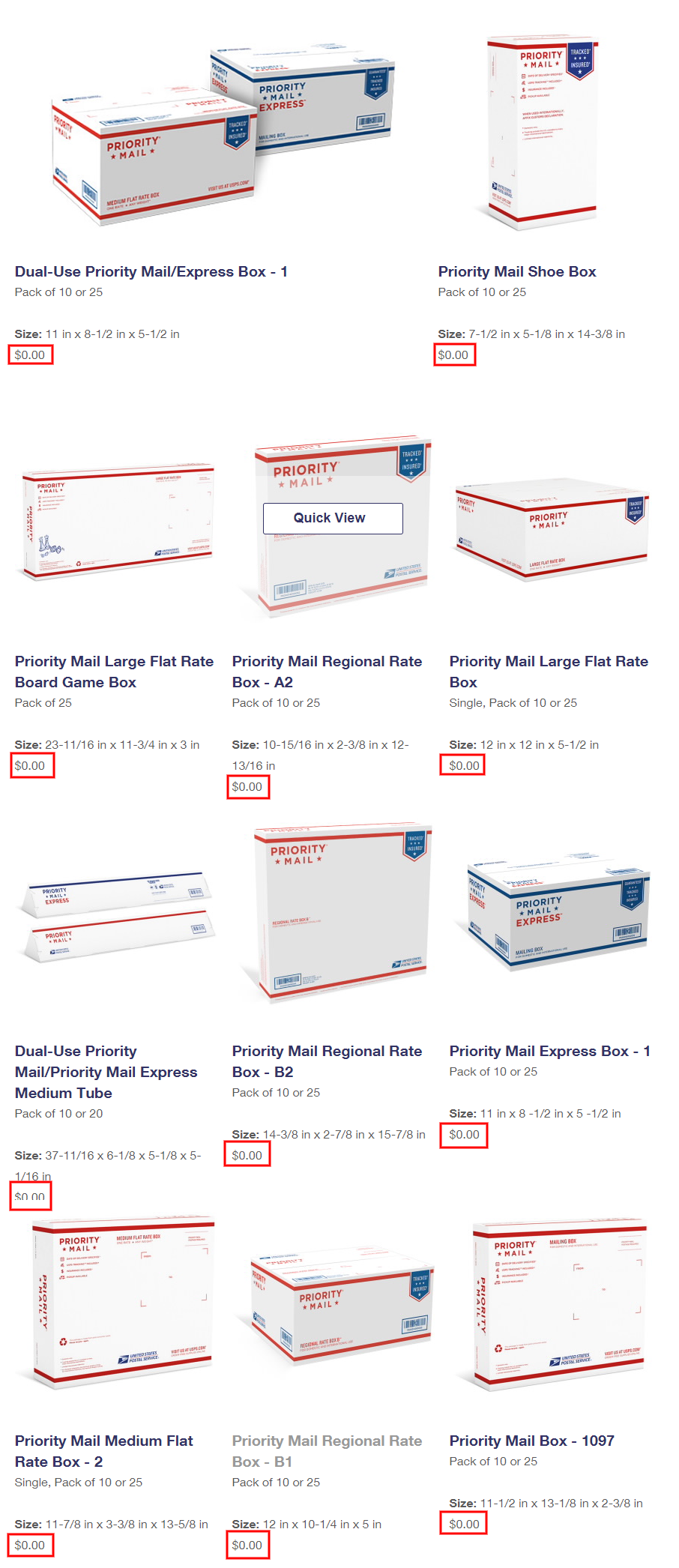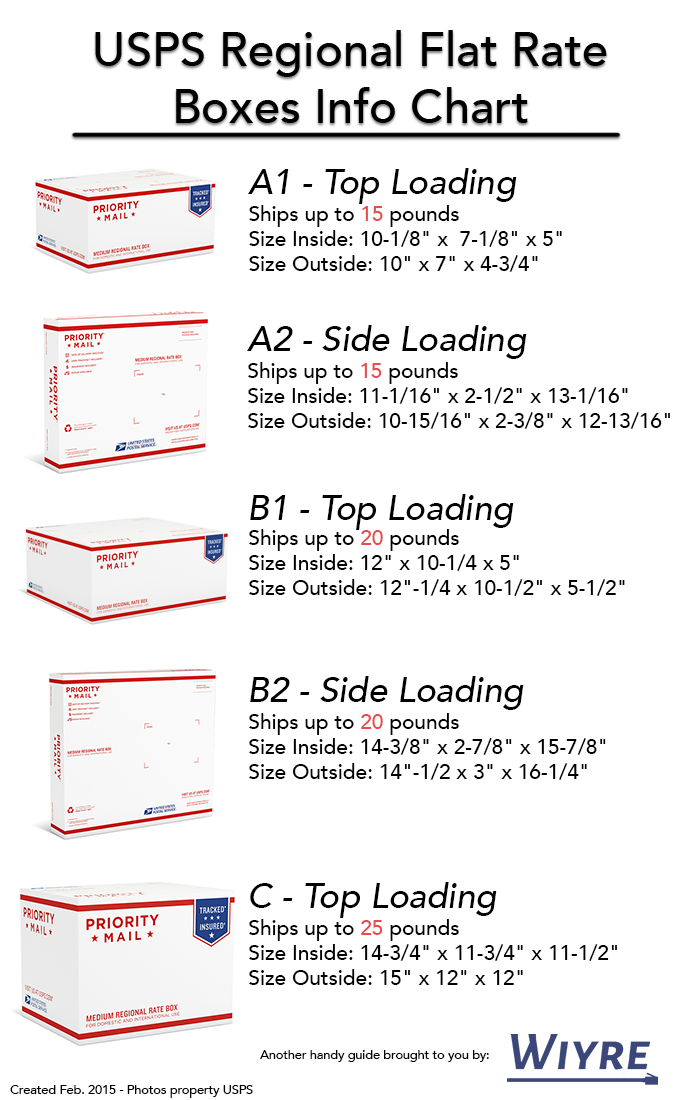Post Office If It Fits It Ships Rates
The United States Postal Service's (USPS) "If It Fits, It Ships" flat-rate pricing for its Priority Mail service has remained a constant for shippers, but a recent rate increase is making consumers rethink their choices.
This system, offering predetermined prices for packages regardless of weight (up to 70 pounds) or destination zone within the US, has been a mainstay for small businesses and individuals seeking predictable shipping costs. The flat rate boxes and envelopes offer convenience, and have proven especially popular for e-commerce businesses. The recent price hike, however, has prompted scrutiny and comparisons to other shipping options.
USPS Rate Adjustments
The USPS implemented its annual rate adjustments on January 21, 2024. This included changes to Priority Mail Flat Rate services. The adjustments, approved by the Postal Regulatory Commission (PRC), are intended to offset rising operating expenses and maintain service standards.
Specifically, the cost of a small flat rate box increased from $9.65 to $10.20. The medium flat rate box saw a rise from $16.10 to $17.10, while the large flat rate box went from $21.50 to $22.80.
Impact on Small Businesses
For small businesses that rely heavily on flat rate shipping, these increases can significantly impact profit margins. Businesses that ship smaller or lighter items might find themselves reassessing whether the flat rate remains the most cost-effective option.
Sarah Miller, owner of an online bookstore specializing in rare editions, noted the challenges. "We used to automatically use the medium flat rate box for most orders. Now, we have to weigh each package carefully and compare prices with other carriers."
Many small businesses have invested in software to make the right decision. It compares the total cost of flat rate option versus the variables.
Consumer Reactions
Consumers are also feeling the pinch of increased shipping costs. Many are now more selective about online purchases, factoring in shipping expenses before committing to a purchase.
“I used to not worry too much about shipping, but now I have to really compare costs,” said John Davis, a frequent online shopper. “Sometimes, it’s cheaper to just drive to the store.”
The impact on consumer behavior remains to be seen, but early indications suggest that shoppers are becoming more price-sensitive.
Alternatives and Considerations
With rising flat rate costs, shippers are exploring alternative options, including regional rate boxes and using their own packaging to take advantage of weight-based pricing. Many are negotiating rates with private carriers like UPS and FedEx.
The USPS offers regional rate boxes, which are priced based on distance. These boxes are advantageous for shorter distances or for shipments that weigh less than the flat rate maximum.
Another approach is to invest in packaging materials and ship using variable weight calculations. This can be more cost-effective for lighter packages, though it requires careful attention to dimensions and weight restrictions.
In addition, businesses can use software that calculates costs based on the variable such as weight, dimension and distance.
Future Outlook
The USPS faces ongoing financial pressures. Maintaining affordable shipping options while covering operational costs will likely remain a challenge. Consumers and businesses need to carefully evaluate shipping options and strategies.
The long-term effects of the rate increase will depend on how consumers and businesses adapt. The USPS faces increasing competition from private carriers. They must balance pricing with service quality to remain competitive.
It is important to monitor future developments in shipping costs. This can help people and businesses to make informed choices about their shipping strategies in the coming months.
